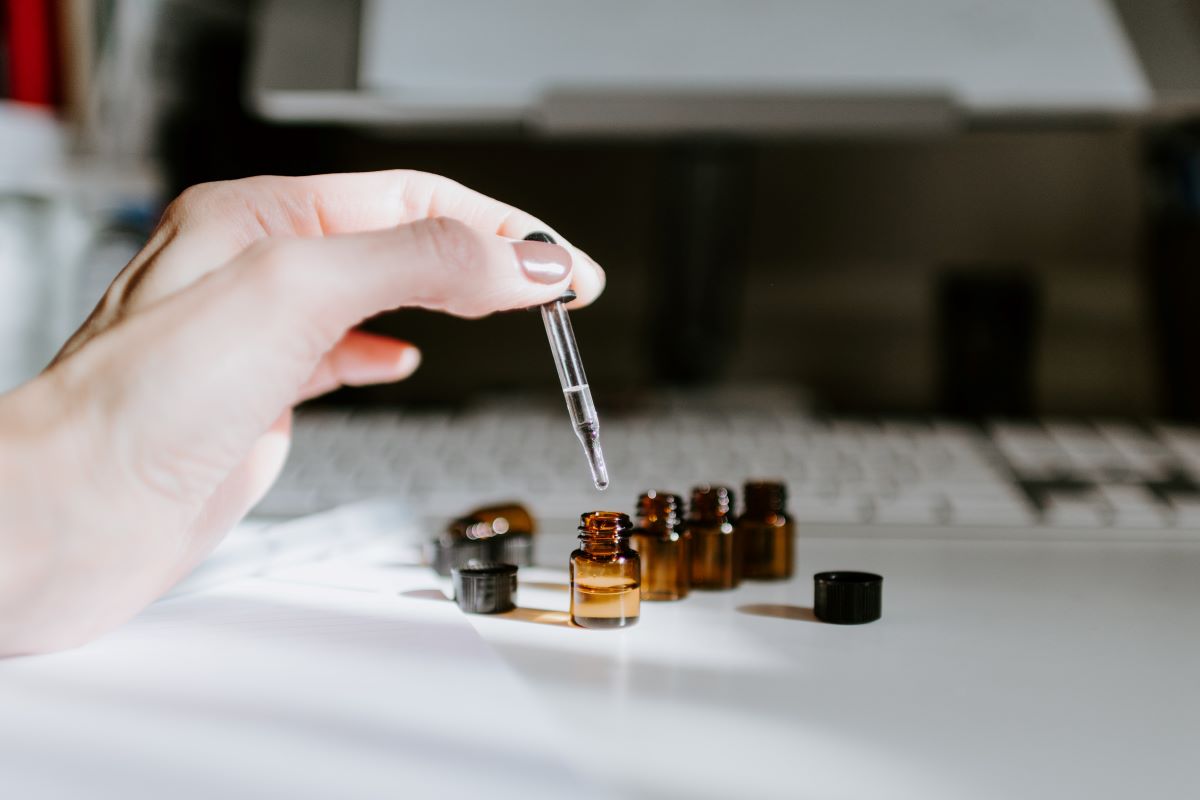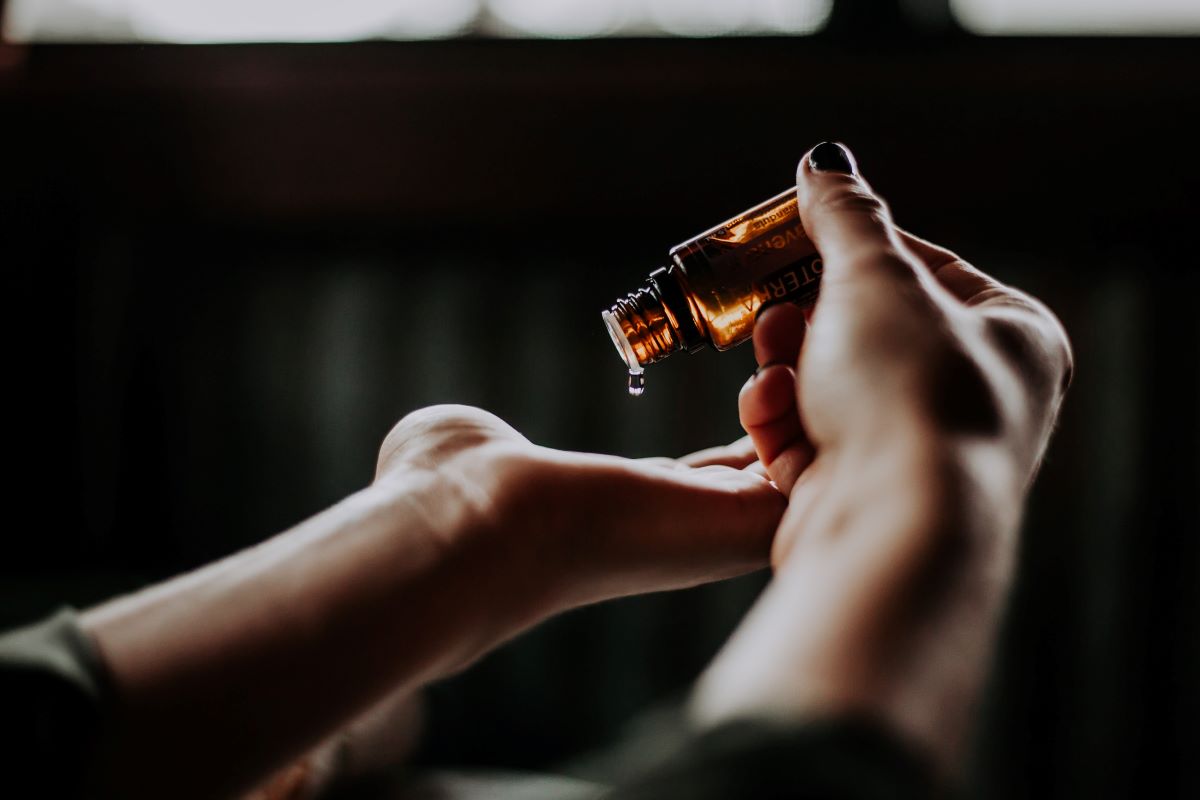In any conversation about hair woes (hair loss, thinning hair, or shedding hair), chances are that the name “castor oil” came up. In recent times, castor oil has seen a resurgence with some vouching for its miracle properties. But what is it and what can it do?
Castor Oil, also known as Ricinus communis, is a nutrient-dense vegetable oil derived from castor beans. It is a long-chained fatty acid that can provide essential proteins and nutrients (including vitamin E and minerals) to hair follicles. Though its origins trace back to East Africa, it is commonly used in cosmetics and medicine in India and the West Indies. Usually appearing colorless or pale yellow, when it is roasted or boiled it is known as black castor oil.
Can Castor Oil really cause hair growth?
The average hair follicle is thought to exhibit just over a centimetre of growth every month. Though there is no scientific evidence to support the ability of castor oil to cause hair growth, there is anecdotal evidence to suggest that using castor oil once per month can cause hair growth that is three (3) to five (5) times the normal rate. Factors that are thought the be responsible for this include the following:
- Ninety percent (90%) of castor oil is made up of the fatty acid ricinoleic acid which is known to stimulate prostaglandin E2 (an active lipid compound) causing blood vessel dilation. The dilation of blood vessels results in increased blood flow and with it, an increased supply of oxygen and nutrients to the dermal papilla (hair roots) leading to healthier hair growth. Additionally, ricinoleic acid confers anti-inflammatory properties that can help to reduce scalp inflammation and treat conditions such as dry scalp.
- Castor oil possesses antimicrobial, antifungal, and antioxidant properties that can help in the treatment of hair loss and prevent infections.
- It is a perfect humectant capable of sealing moisture that is needed to provide nourishment to the hair shaft and promote hair growth.
- It contains the highest percentage of fatty acids compared to other carrier oils. Studies have shown that omega-6 fatty acids (arachidonic acid) promote hair growth by increasing the growth factors in human dermal papilla cells (cells that regulate the hair growth cycle).
How should Castor oil be used?

Before using castor oil, compatibility should be checked by applying a small amount behind the ear or on the upper part of the inner arm for a week. Once it is compatible, the method chosen will be dependent on hair type and concerns. For hair growth, a few drops of oil can be rubbed into your scalp. Additionally, a few drops of castor oil can be massaged into the midsection and ends of your hair, which can prevent breakage and improve hair texture. The following steps for hair growth have been suggested:
- Section your hair.
- Dip your fingertips into the castor oil and begin massaging it into your scalp.
- Apply castor oil to the rest of your hair, combing through the hair to distribute it evenly. The hair should be moist (not soaking wet).
- Once applied, cover hair with a shower cap (ensuring that it covers all the hair).
- Leave the shower cap on for at least two hours, allowing sufficient time for the oil to penetrate the scalp, hair follicles, and hair shaft.
- After two hours, wash your hair with shampoo and conditioner.
Additionally, for thick hair (or persons with dry scalp), after application of castor oil, you can sit under a hair steamer for up to thirty (30) minutes to help the oil penetrate your scalp. This can be kept until your next wash day. For an ultra-hydrating weekly treatment, hair can be coated with castor oil and a shower cap worn overnight. This allows the oil to deeply condition while you sleep. Hair can then be washed with shampoo and conditioner the next day.
Therefore, while there may not be scientific data to support its use for hair growth, castor oil is a cost-friendly option that can provide many benefits to your scalp and hair that can create a healthy environment that is conducive to hair growth.



